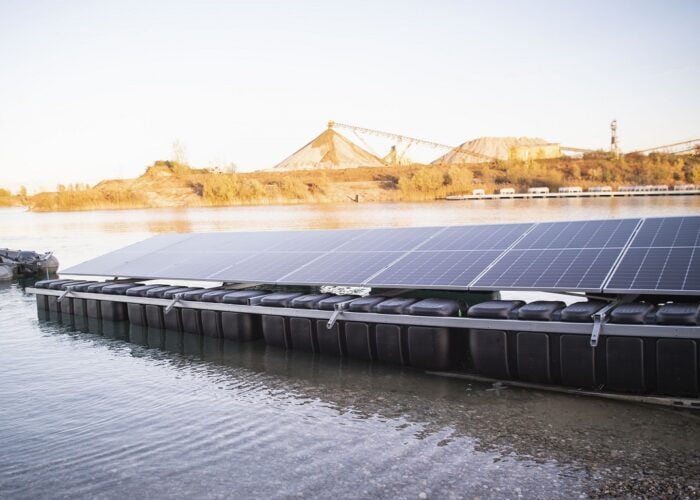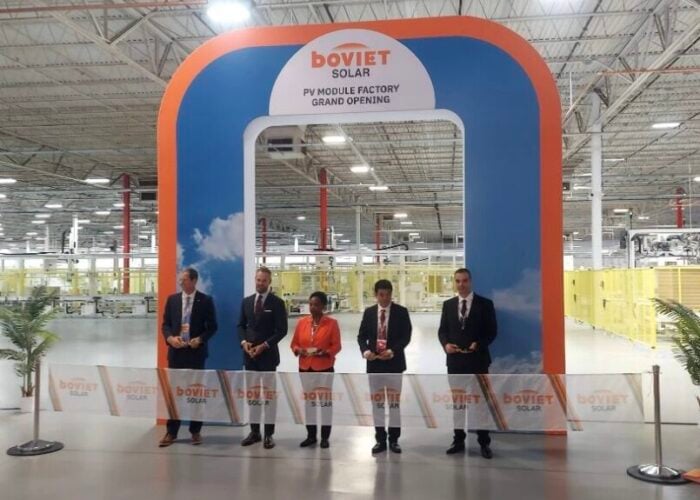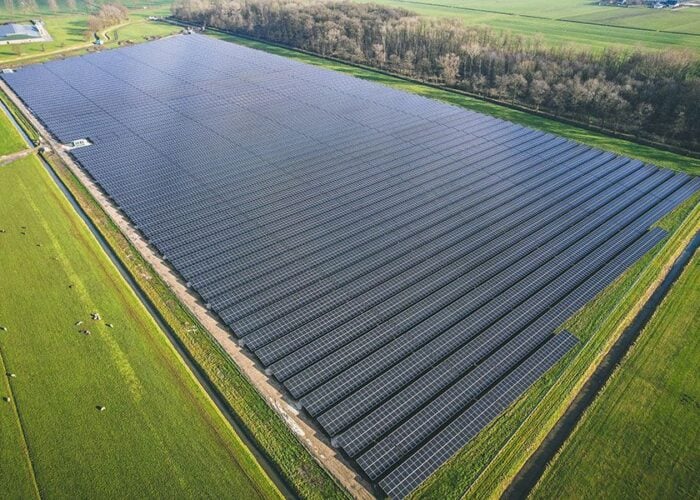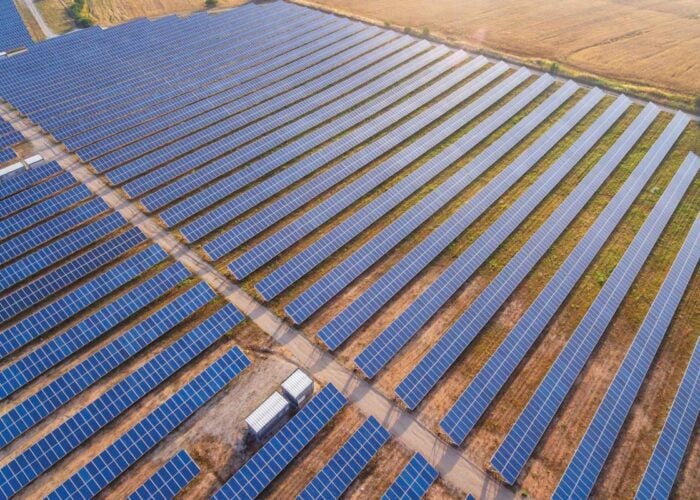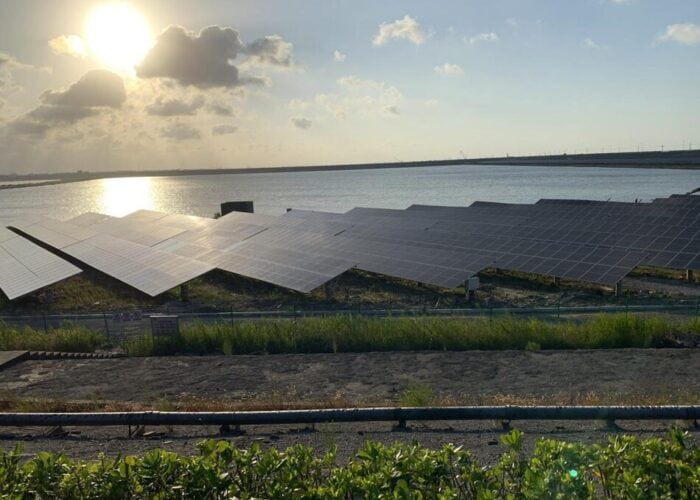The US Department of Energy (DOE) has backed teams working on 11 new solar technologies based on micro-CPV (concentrated PV), awarding funding of between just under US$1 million and US$3.5 million to each.
The DOE’s Advanced Research Projects Agency – Energy (ARPA-E), made US$24 million of funding available in total for the 11 projects, across seven US states, with the basic goal of “doubling the amount of energy” solar panels can collect, according to a Whitehouse release.
Unlock unlimited access for 12 whole months of distinctive global analysis
Photovoltaics International is now included.
- Regular insight and analysis of the industry’s biggest developments
- In-depth interviews with the industry’s leading figures
- Unlimited digital access to the PV Tech Power journal catalogue
- Unlimited digital access to the Photovoltaics International journal catalogue
- Access to more than 1,000 technical papers
- Discounts on Solar Media’s portfolio of events, in-person and virtual
Or continue reading this article for free
The awards were made under ARPA-E’s newest programme, MOSAIC, which in an already acronym-heavy environment, stands for micro-scale optimised solar-cell arrays with integrated concentration. As the name implies, the programme seeks to tap the so-far unrealised potential of focusing the light radiating onto PV cells to achieve higher conversion efficiencies that can at present be realised by PV alone.
CPV’s theoretically higher achievable conversion rates have largely been confined to R&D, with large tracking systems required to make the thousands of lenses that direct sunlight onto flat PV cells among the high cost barriers to its adoption. MOSAIC will look at a range of areas where innovation could occur ahead of developing industrial processes for production at scale.
Awarded projects and institutions include two Massachusetts Institute of Technology (MIT) initiatives. One will look at integrating micro-optics into flat-panel PV modules, capturing diffuse as well as direct sunlight and aims to quadruple the amount of direct sunlight captured by a PV panel and tripling the diffuse sunlight. The optics, which will be designed with mass production in mind, will separate the sunlight into bands by wavelength and direct those bands onto appropriately configured solar cells.
While that project will receive the MOSAIC funding round’s highest award, US$3.5 million, the other MIT project was awarded less, US$1.196 million and will examine how to build concentrator architecture directly into PV cells, which if successful could dramatically lower costs.
Other awards were handed out to North Carolina-based company Semprius, which along with its partners will create modules that integrate single-junction PV cells and six-junction PV cells – which would be the highest efficiency PV cells available on the market today if effective. The six junction cells will convert direct sunlight, while the cheaper single junction cells will collect diffuse sunlight.
One cheaper method already in use for capturing non-direct sunlight is found in bifacial PV modules, which utilise the albedo effect, where reflected rays of solar radiation bounce off the mounting surface and back onto the rear surface of the module. In principle, a module can overall generate up to 30% more power using its front and rear surfaces than using the front alone.
Other MOSAIC awardees include Sharp Laboratories of America, with a project using advanced lenses to concentrate light onto micro-PV cells, and Panasonic Boston Laboratory, which was given just over US$2 million to develop two micro-tracking systems for CPV.
The awards were announced earlier this week at the Nevada clean energy conference at which Barack Obama spoke, celebrating the successes of the renewable energy industry and drawing attention to the resistance to change shown by vested interests, calling subsidies for fossil fuels “corporate welfare”.

